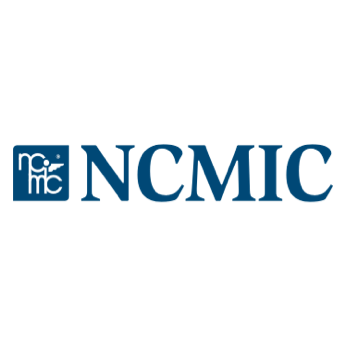Secret bank accounts and the LinkedIn mania

Dear Mr. Berko:
I have two questions. I was able to get shares of LinkedIn at the initial public offering (IPO) price and bought more after the opening at a much higher price. What do you think of the stock? And I have a friend who, for reasons I cannot discuss, needs to locate a bank that will perform the same functions as Swiss banks did before the United States began its successful crusade to make these accounts transparent.
R.W., Springfield, Ill.
Dear R.W.:
There are still a fair number of banks that will hide your money and do everything those wonderful Swiss banks did before the United States decided to get tough, forcing them to divulge names and balances of U.S. depositors. The Republic of Vanuatu has become popular, and if you have a goodly amount of money, some of the banks in Liechtenstein will give you a gracious reception, as will some of the banks on the Isle of Man and the Isle of Sark.
But the bank of choice (especially among members of Congress) is the Vatican Bank. It’s privately owned, home ported within Vatican City and run by a professional CEO who reports to a committee of cardinals, who report to the pope.
If you have a lot of money, are well known to a congressperson and willing to make some donations (one to a PAC and another to a church), Ettore Gotti Tedeschi, president of the Vatican Bank, can shield your money from all U.S. income and estate taxes.
LinkedIn Corp. (LNKD-$95.19) is a newfangled business model that in 2010 posted $243 million in revenues and $15.3 million in income. It’s basically a clever job board with 9 million shares out, worth nearly $9 billion. But there are another 90 million shares that are not publicly traded … yet.
About 51 percent of LinkedIn’s revenues derive from recruiters who pay to access profiles and communicate with profilees. Linked-
In’s two other businesses are advertising, accounting for 32 percent of revenues, and subscriptions that allow users to email other users, accounting for 18 percent of last year’s revenues. I am enormously unimpressed.
LinkedIn is living proof that the “stupids” are played like a fiddle by Wall Street. It’s reminiscent of the Dutch Golden Age of the 1630s, when frenzied folks throughout Europe participated in the “Tulip Mania” craze. At the peak of tulip mania (1637), single tulip bulbs were selling for $2,000 to $3,000, depending upon their size. Fortunes were made and lost and made and lost overnight.
Tens of thousands of Dutch citizens got swept up in the euphoria, losing their homes and savings. When prices crashed, some investors committed suicide, Dutch banks suffered huge losses, the government teetered and large numbers of Dutch craftsmen, skilled laborers and artisans were ruined.
It’s happening again. A “stupid” is born every minute, P.T. Barnum declared, and an oversexed IPO is born every week to be certain that no stupid is spared.
Today, LinkedIn is a tulip that a year or two from now may not be able to bloom. Its irrational valuation is the same sort of panicky zealotry that led to the dot-com massacre of a decade ago.
Please address your financial questions to Malcolm Berko, P.O. Box 1416, Boca Raton, Fla. 33429 or email him at malber@adelphia.net. ©2011 Creators.com











